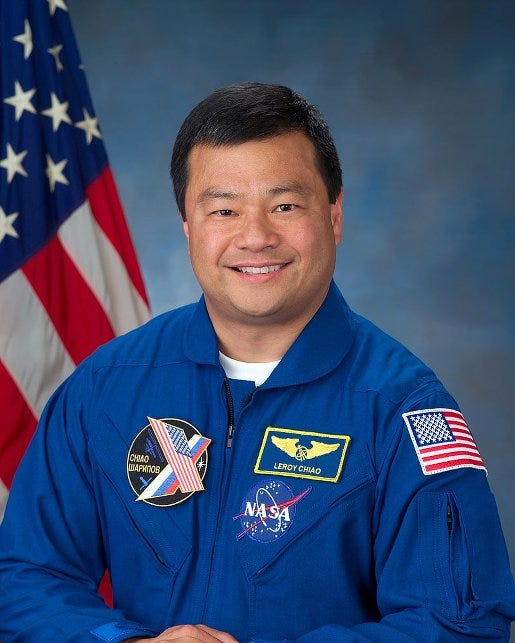5 Medical Technologies That Blew an Astronaut's Mind
June 14, 2016
After four space flights, it might seem like very little would impress astronaut Leroy Chiao. But in a keynote address at MD&M East, he marveled at these medical technologies.
Jamie Hartford
|
Chiao |
Astronaut Leroy Chiao has traveled to space four times, lived for more than six months on the International Space Station, and logged dozens of hours in spacewalks--pretty mind-blowing stuff. But in a June 14 keynote address at MD&M East in New York City, he marveled at many of the medical technologies that have cropped up over the course of his lifetime.
"I heard the other day that biomedical advances are going at something like 50 times the speed of Moore's Law," he said, referring to the observation that the processing power of computers doubles about every two years.
Here are five medtech innovations he cited as giant leaps for mankind.
1. Cloud-Based Electronic Medical Records
While Chiao explained that the original fax machine, which allowed people to scan and send documents over telephone lines, was met with wonder, years later the idea of cloud computing was initially met with head scratching. It took a while, he said, for people to understand that the concept could potentially be "bigger than the internet."
In particular, he said, cloud computing is revolutionizing the way we handle medical records.
"It...has the capability to make medical records secure and accessible and cross-referenced against other data."
2. DNA Sequencing
Genome sequencing used to cost hundreds of thousands of dollars, but now companies like 23andMe can provide consumers with genetic testing and analysis for less than $100.
"The promise of personalized medicine has never been closer," Chiao said, citing the technique known as CRISPR, which allows for gene editing.
"The dream is we can customize and fix things on the fly," he said. "But, of course, there are huge, huge ethical questions about this kind of thing."
3. Tissue Engineering
Some day in the not-too-distant future, we may see actual organs that are lab-grown to be a perfect match for their recipients.
"There's no question of any kind of transplant rejects or anything like that," Chiao said.
4. Advanced Bionics
Chiao also marveled at the progress that has been made in the realm of bionic prosthetics.
"It started with rudimentary experiments with robotic prosthetics," Chiao said. "...Just about a year or so ago, [a] gentleman was able to teach himself how to use a prosthetic arm to actually pick up a glass made out of glass and bring it to his lips to take a drink without crushing the glass--that was a pretty big deal," he said.
Chiao said it's also remarkable that a team from Johns Hopkins recently developed a prosthetic arm and hand that can be mapped to a person's brain such that they could use the device without any training.
5. Nanorobots
Finally, Chiao covered robots, which he said are getting smaller and smaller all the time.
"Of course, they're not quite to the nanoscale yet that we were promised...that you'd have these little robots floating around in your blood stream fixing everything that ails you," he said, presumably referring to the 1966 science fiction film Fantastic Voyage, in which a submarine crew is shrunken and launched into the bloodstream of a scientist in order to remove a blood clot in his brain.
"That's a little farther out, but, you know, it will come," he said.
Jamie Hartford is director of medical content for the Advanced Manufacturing Group of UBM Americas and serves as editor-in-chief of MD+DI. Reach her at [email protected].
About the Author(s)
You May Also Like



